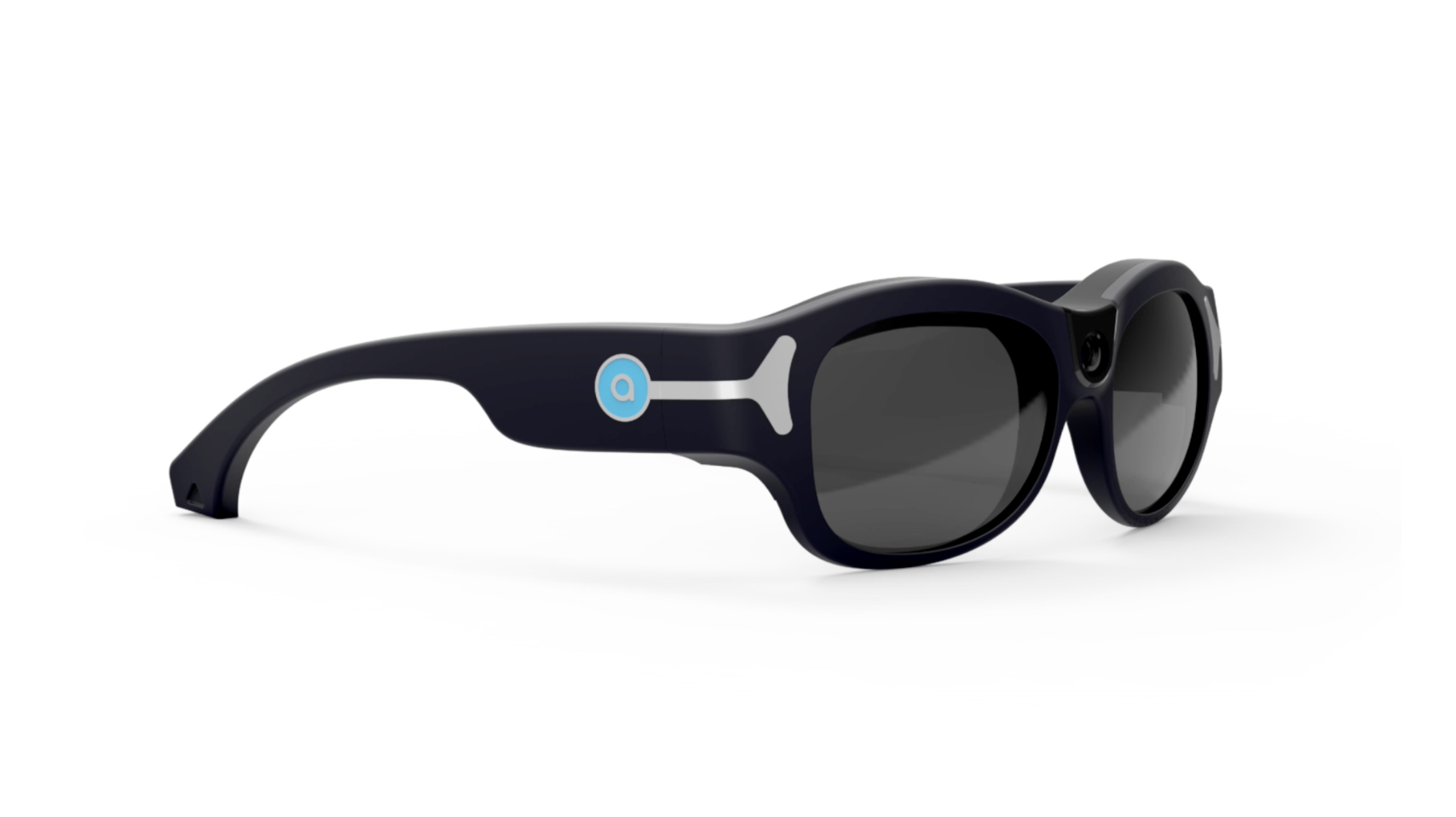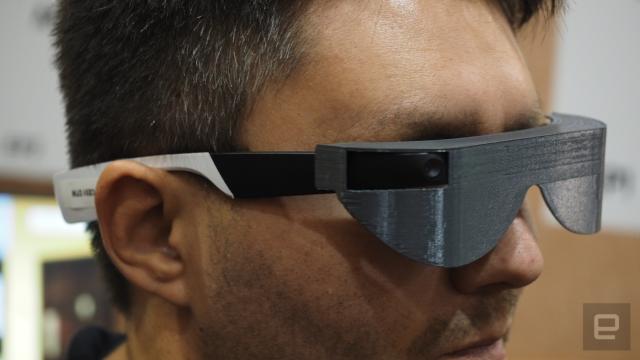Top Braille Displays and Notetakers to Enhance Accessibility for the Blind
Wiki Article
Enhancing Accessibility Through Assistive Technology for the Blind
The integration of assistive modern technology for the blind stands for an essential development in accessibility, basically changing how people browse their environments and involve with society. As we explore the varied types of assistive devices and their substantial effects on daily living, it comes to be vital to examine just how continuous technological improvements are reshaping the landscape of assistance for the blind neighborhood.Overview of Assistive Modern Technology
Assistive innovation describes a series of tools and software application designed to improve the capabilities of people with disabilities, consisting of those who are blind or aesthetically damaged. This innovation plays an essential function in advertising self-reliance and boosting the high quality of life for individuals. By supplying alternative techniques for accessing details and carrying out day-to-day tasks, assistive innovation encourages individuals to browse their settings better.
The development and application of assistive modern technology embrace a range of concepts focused on promoting access. These principles include user-centered style, which focuses on the demands and preferences of the individual, and the combination of modern technology into daily tasks. Such innovations ensure that assistive devices are not only practical yet also intuitive and simple to use.
Additionally, assistive innovation includes a varied range of options, from low-tech alternatives like magnifiers to high-tech innovations such as screen readers and Braille screens. The continuous development of this field is driven by the requirement to attend to the special obstacles encountered by individuals with aesthetic disabilities (Wearable technology for low vision). As innovation proceeds to development, the capacity for improving availability and promoting inclusivity stays appealing, ultimately contributing to a more equitable culture

Kinds Of Assistive Devices
Various sorts of assistive tools are available to support people that are visually impaired or blind, each designed to address specific needs and challenges. These gadgets can be extensively categorized right into 3 primary kinds: low-tech, mid-tech, and sophisticated solutions.Low-tech tools consist of things such as magnifiers, Braille tags, and tactile maps. These are fairly easy tools that enhance the individual's ability to communicate with their atmosphere without needing complex technology.
Mid-tech tools commonly entail advanced functions, such as electronic magnifiers and portable Braille note-takers. These devices can provide functionalities like speech output, enabling individuals to gain access to info a lot more effectively.

Effect on Daily Living
The accessibility of different assistive gadgets substantially boosts the top quality of life for people that are blind or aesthetically damaged, affecting their everyday living in profound ways. By integrating technologies such as screen readers, Braille displays, and audio summary solutions right into their routines, individuals get greater freedom and freedom. These devices promote accessibility to details, enabling individuals to perform daily jobs, such as reading emails, browsing public rooms, and taking pleasure in media web content.In addition, assistive tools encourage people to involve even more completely in social interactions and community tasks. The capacity to use smartphones outfitted with access attributes permits for seamless communication and link with others. This connection promotes a sense of belonging and reduces sensations of isolation.
In professional setups, assistive innovation supports performance by enabling individuals to full job tasks successfully. Devices like voice recognition software program and specialized zoom devices make it possible for individuals to take part in the workforce on equal ground with their sighted peers.

Improvements in Modern Technology
Recent technological developments have considerably transformed the landscape of tools offered for people that are blind or aesthetically damaged. The combination of synthetic intelligence (AI) and artificial intelligence has generated applications that improve navigation and object recognition. For instance, smartphone apps can now use AI to identify and define environments in real-time, supplying users with useful contextual details.Additionally, developments in optometrist and ophthalmologist haptic technology have led to the development of smart walking canes furnished with sensors that detect challenges and offer responsive comments. This empowers customers to navigate their setting with boosted confidence and self-reliance. In addition, advancements in text-to-speech software and braille display screens have boosted the ease of access of electronic material, permitting for seamless communication with various media.
Wearable technologies, such as wise glasses, are additionally making strides in assisting visual problems. As modern technology proceeds to evolve, the potential for also more transformative devices continues to be on the horizon.
Future Trends and Innovations
As technology rapidly progresses, the future of assistive devices for individuals that are blind holds immense promise. Developments in man-made knowledge (AI) and artificial intelligence are poised to change the method blind users interact with their environments. AI-driven applications are being established to enhance things recognition, enabling customers to recognize and navigate their environments with greater convenience and accuracy.
Moreover, innovations in haptic feedback technology are allowing the creation of tactile maps and navigating help that give real-time details through touch. These technologies not only improve mobility however additionally foster independence. Furthermore, wearable devices geared up with enhanced reality (AR) functions are arising, supplying users visual details with sound summaries, consequently linking the gap in between the physical and electronic globes.
Furthermore, the integration of smart home technology presents new possibilities for accessibility, enabling individuals to control their living atmospheres through voice commands or mobile phone applications. As cooperation in between technology programmers and the Resources blind area proceeds, the concentrate on user-centered design will ensure that future developments are tailored to meet the special demands of this populace (Wearable technology for low vision). The trajectory of assistive innovation assures a more empowering and inclusive future for individuals who are blind
Conclusion
In conclusion, assistive modern technology plays a critical function in enhancing access for people with visual disabilities. Constant innovations in innovation and user-centered style ensure that these devices provide efficiently to the one-of-a-kind demands of the blind area.The combination of assistive modern technology for the blind stands for a critical innovation in accessibility, basically altering just how another word for eye doctor individuals browse their atmospheres and involve with society.Assistive modern technology refers to a variety of gadgets and software developed to boost the capabilities of people with disabilities, including those that are aesthetically impaired or blind. Wearable technology for low vision.As technology quickly progresses, the future of assistive tools for people who are blind holds tremendous pledge. The trajectory of assistive modern technology promises a much more inclusive and empowering future for people that are blind
In conclusion, assistive innovation plays an essential duty in enhancing ease of access for individuals with aesthetic impairments.
Report this wiki page